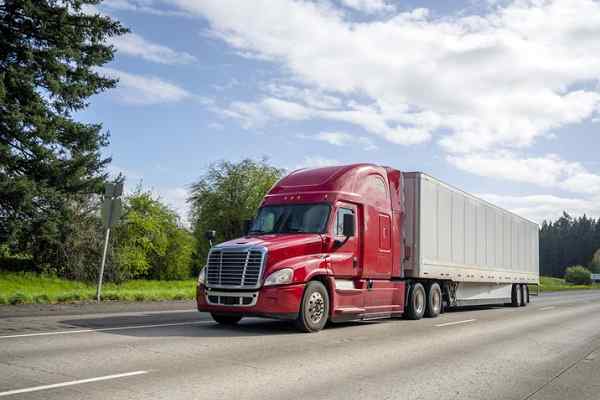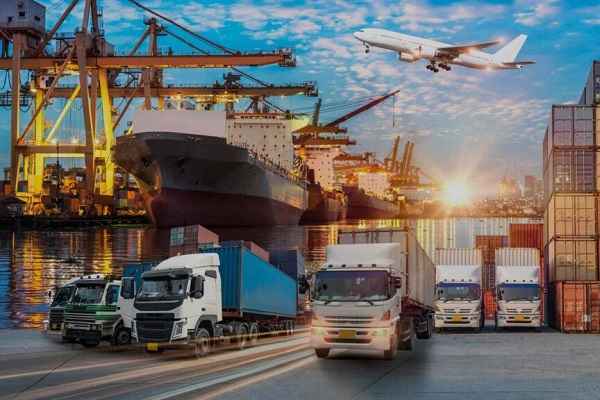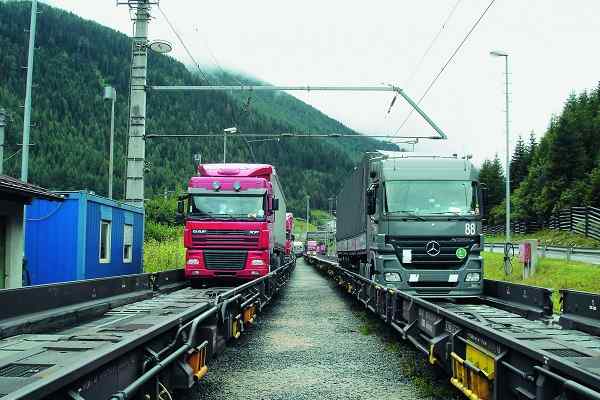 IndiGo to launch Urban Electric Air Taxis between Delhi to Gurugram
IndiGo to launch Urban Electric Air Taxis between Delhi to Gurugram Swisspod secures Strategic Investment to advance the Hyperloop Transportation
Swisspod secures Strategic Investment to advance the Hyperloop Transportation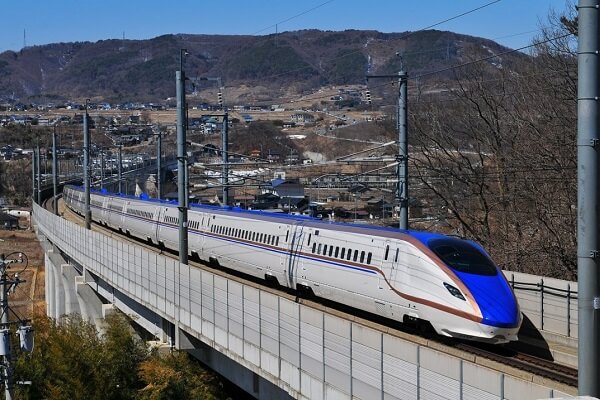 Siemens Mobility revolutionizes Copenhagen's S-bane Network with Driverless Technology
Siemens Mobility revolutionizes Copenhagen's S-bane Network with Driverless Technology Unlocking prosperity between India and Myanmar: The Kaladan Multi-Modal Transit Project
Unlocking prosperity between India and Myanmar: The Kaladan Multi-Modal Transit Project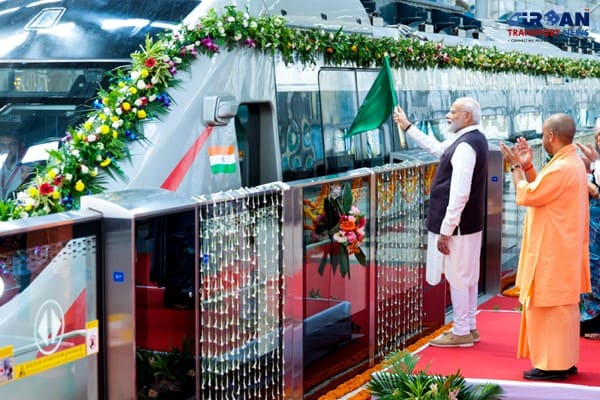 Is the RRTS Truly Accessible to the Common Man or Only the Privileged?
Is the RRTS Truly Accessible to the Common Man or Only the Privileged?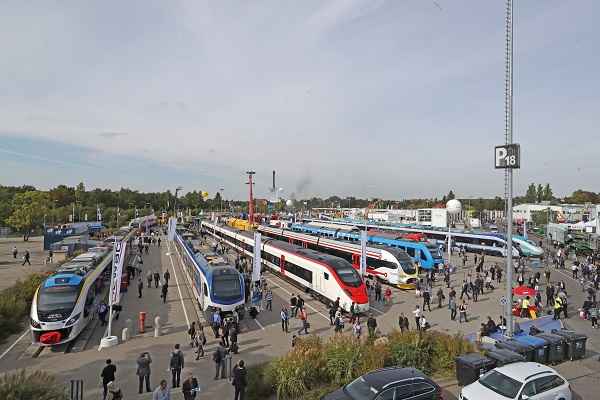 Alstom sold its Rail Signalling Technology Business to Knorr-Bremse for €630 million
Alstom sold its Rail Signalling Technology Business to Knorr-Bremse for €630 million Vensa Infrastructure wins ₹412.58 crore civil contract for Hisar Airport
Vensa Infrastructure wins ₹412.58 crore civil contract for Hisar Airport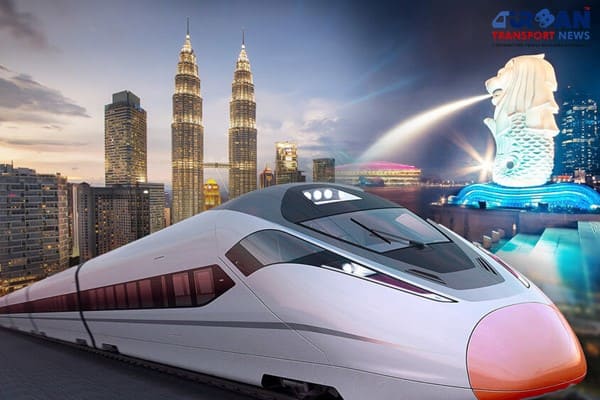 Kuala Lumpur-Singapore high-speed rail project cost could be slashed to RM70 Billion
Kuala Lumpur-Singapore high-speed rail project cost could be slashed to RM70 Billion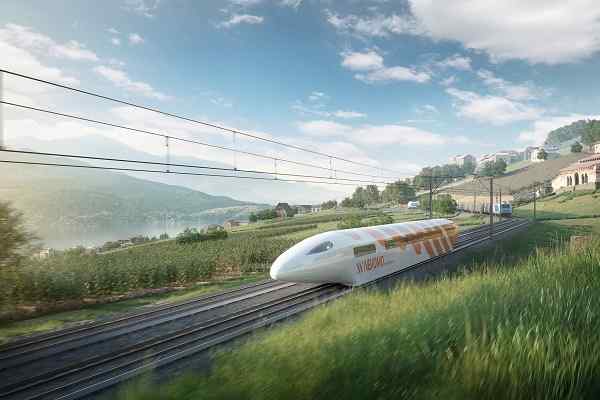 Nevomo's MagRail Technology Selected for Hyperloop Freight Demonstrator
Nevomo's MagRail Technology Selected for Hyperloop Freight Demonstrator Russia signs deal to procure bullet trains for Moscow - St. Petersburg high-speed line
Russia signs deal to procure bullet trains for Moscow - St. Petersburg high-speed line
Indian Railways plans to launch green rating system for freight business corporate customers
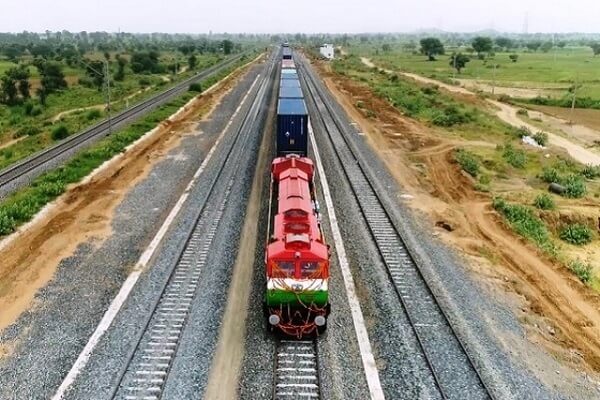
New Delhi, India (Urban Transport News): In a bid to woo more corporate customers, Indian Railways has promised green bragging rights to those who decide to ferry goods using trains. The national transporter has floated the concept of ‘rail green points (RGPs)’, which companies can collect by using freight trains and flaunt them in their annual reports or websites, according to a circular of Indian Railways dated 15th March 2022.
To be sure, these points are different from carbon credits that can be traded or sold to make money. Indian Railways, like rail systems globally, earns most of its freight revenue from some of the most polluting industries, like coal and minerals.
This move comes at a time when Railways intends to attain the net-zero goal by 2030 and become the world’s first rail-system to go fully green. This also comes at a time when, globally, pressure is mounting on corporations from shareholders, investors and funds to turn environmentally sustainable.
Green-star rating system in works, says railways
Indian Railways’ core IT arm – Centre for Railway Information Systems (CRIS), which operates the freight operating information system (FOIS) – will maintain a Green Point generating account for every freight customer, starting April 1, 2022, registered with the railways. The move, hopes railways, will help it attract customers as ‘green points’ are expected to add to the customers’ brand image of being ‘sustainable’.
“The customer would not be able to claim any financial benefit for RGPs. The ‘Feel Good Factor’ that customers would get from this information will motivate them to transport more by train,” explained an official.
At a time when companies would like to be seen as making climate-positive choices in each of their activities, Indian Railways hopes this process will help it retain existing customers and attract more customers, he added.
The process used to calculate the rail green credit has been devised by The Energy and Resources Institute (TERI). The TERI formula states the ‘per tonne of carbon dioxide equivalent emitted in moving one tonne of cargo in one kilometre by rail and by road’. For every tonne of cargo moved for one kilometre, the carbon dioxide equivalent emitted for rail is 0.009 kg, while the same for road is 0.040 kg, it calculates.
This number will be updated over time by the Railways, according to the ministry circular. The CRIS is likely to evolve a green star rating in future, the official said.
How does the new green calculator system function?
All rail customers who register on the Railways portal will get ‘green points’. Once a railway receipt is generated for a customer who has booked cargo for rail movement service, the RGPs earned will be credited to the RGP account of the customer.
Most of the main customers of Railways who generate 98.99 per cent of freight are already registered and they will get electronic railway receipts, making it easy for them to get an e-certificate of RGPs.
The cumulative RGPs of a customer will also be shown in its RGP account. The RGPs will not be transferred between accounts.
In case the sender and receiver of goods are the same company, all the RGPs will be credited to the same company. If the sender and receiver are different, and only one company is registered, credits will be booked in the name of the registered company.
If the sender and receiver are different and both companies are registered, the credits will be awarded equally.
If a customer has booked his cargo on the rail mode by using a container train operator, the credits will be distributed equally between the end customer and container train operator.
Polluting-industries as clients
Globally, as well as in India, Railways cater to a lot of polluting sectors—such as fossil fuels like coal and petroleum -- many of which are under tremendous pressure to go green.
For instance, in India, the movement of coal, by power houses and other customers, is the largest revenue contributor to the railways. Coal movement to steel plants and thermal power plants contributed almost 40 percent to railway’s freight business. Cement movement accounted for almost 9 percent and finished steel made up 6 percent of railway’s freight business on a net tonne kilometre basis for 11 months of the present fiscal.
Indian Railways has stated its intent to grab 40-45 percent of the total domestic cargo movement by 2030 from the present level of 26-27 percent.
The sustainability score
Companies are taking greater care than before to be seen as sustainable in every aspect of their functioning. Stellar Value Chain Solutions’ Chairman and Managing Director Anshuman Singh told Moneycontrol that he tracks sustainability for his customers as a lot of multinationals are already committed to lowering emissions.
Customers are willing to pay a small premium for going green, Mahindra Logistics’ Managing Director and CEO Rampraveen Swaminathan said. Mahindra Logistics, which acquired a last-mile delivery company recently, said that it is hoping to use more Electric Vehicles in the last-mile delivery space.
“Railways are being proactive. So far, companies have their own methods of calculating emission saved. Multinationals are quite focused in calculating carbon savings. Globally, companies had their own ways of calculating emissions. With dedicated rail freight corridors opening up the capacity for railways to attract more cargo, corporates can use this tool to calculate emissions saved. This will ensure that a standard measuring tool emerges,” said a top executive of a logistics firm that moves automobiles.
Automobile companies in India have stated targets to increase the share of cargo they move by rail. Globally, several logistics and research companies like MSC, Carboncare and Geodis offer carbon emission calculators to their clients. Airlines in Europe tell passengers how much they have contributed to carbon emission by flying point to point.
(This story is written by Mamuni Das, a senior journalist based in New Delhi)





